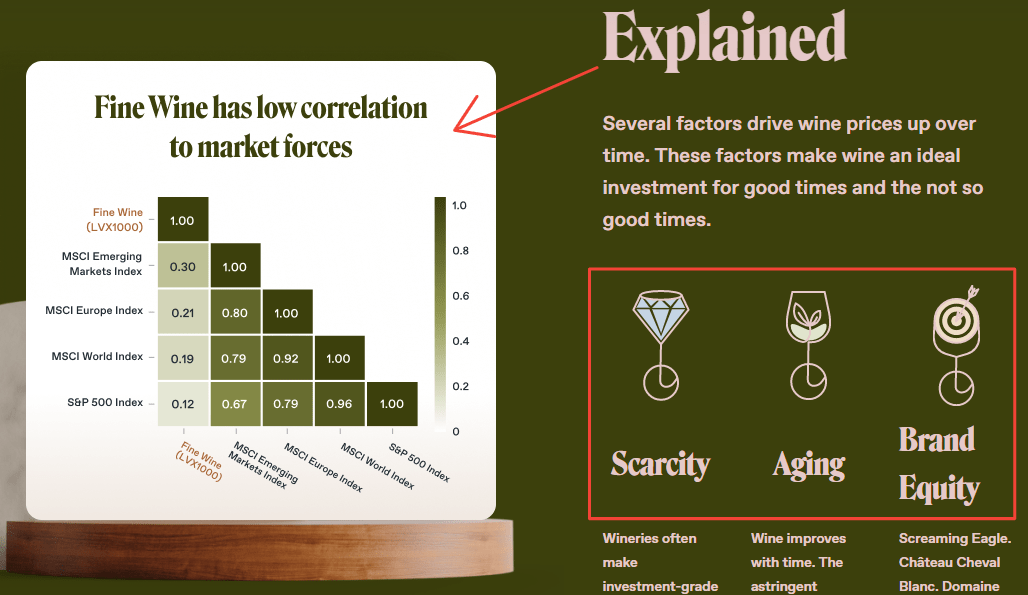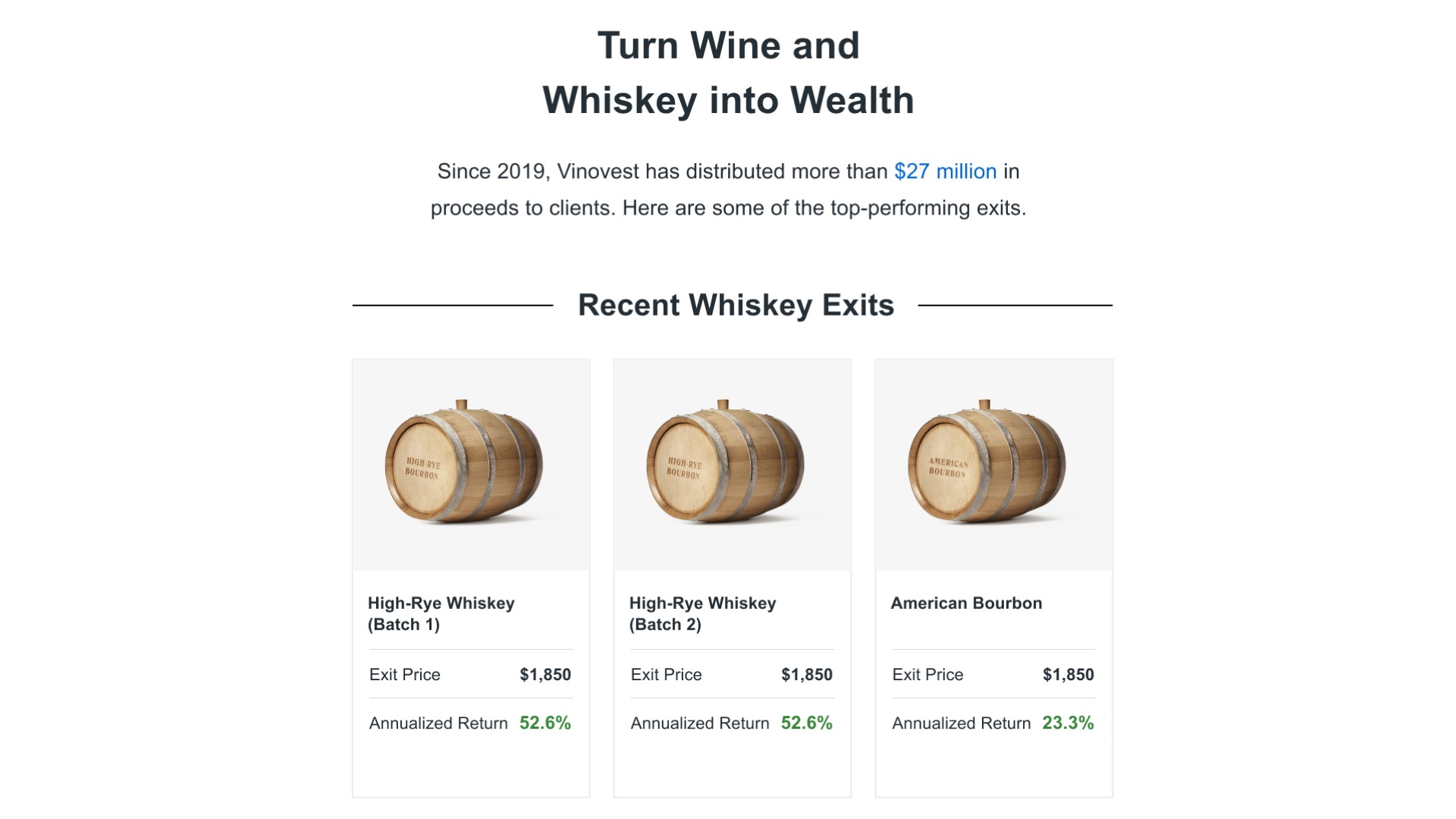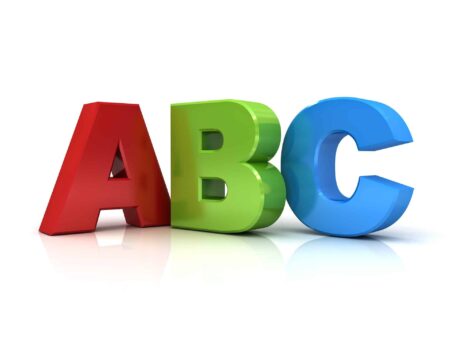Investing in alternative assets has become an increasingly popular way to diversify beyond traditional stocks and bonds. Wine and whiskey, in particular, are gaining traction due to their potential for strong returns, resilience during economic downturns, and rising demand.
If Goldman Sachs and Vanguard’s predictions are true for an abysmally low stock market return over the next 10 years, then it makes sense to look at alternative investments to potentially boost returns. A 3% – 5% potential average annual return in the S&P 500 is not attractive, especially given the inherent volatility in public stocks.
As a 47-year-old, I’m in the prime demographic to explore investing in wine and whiskey, especially living 1.15 hours away Napa Valley. For school “dad’s night out” events, we’ve also had several whiskey and tequila parties, which have been a lot of fun.
At this stage of life, I’m more focused on enjoying my money more given stocks and bonds provide no utility. Having purchased my “forever home,” and with collections of rare Chinese coins and books, I’m now excited to dive into wine and whiskey as the next addition to my portfolio.
Why Invest in Wine and Whiskey?
Recently, I received a newsletter from the Hustle Fund, a venture capital fund which highlighted Vinovest as one of their investments from years ago. That immediately piqued my interest since I had crossed paths with Vinovest in 2020, at the start of the pandemic.
It was great to hear that Vinovest was still growing, so I reached out to the CEO, Anthony Zhang, to chat and get an update four years later. It turns out Vinovest has expanded from offering fine wine investments to now including whiskey as well. I was just drinking a Yamazaki 12 with friends the other day.
In this post, we’ll explore the reasons why investing in wine and whiskey might make sense for you, how Vinovest works, and the potential risks and rewards involved.
1. Strong Historical Performance Of Wine, Followed By A Correction
Fine wine, has a long history of appreciation, occasionally outperforming traditional assets like stocks and bonds. Over the past 15 years, fine wine has returned an average of 10.6% annually, according to the Liv-ex Fine Wine 100 Index.
Whiskey, while newer as an investment vehicle, has shown explosive growth in value in recent years, with rare bottles appreciating in value by hundreds of percent in just a few years.
These returns are driven by supply and demand dynamics. Fine wine and whiskey are produced in limited quantities, and as they age, their scarcity increases. At the same time, global demand for these products is growing, particularly in emerging markets where new wealth is fueling a surge in luxury consumption.
However, since 2022, overall fine wine prices have corrected by about 22%, which I think presents itself an investing opportunity. I missed out on the fine wine boom of 2020 and 2021, so I’m excited to revisit the asset class now that prices are lower.
2. Low Correlation with Traditional Markets
One of the key benefits of investing in alternative assets like wine and whiskey is their low correlation with traditional financial markets. When stock markets are volatile/down, wine and whiskey often remain stable, offering a hedge against downturns in more traditional investments.
This low correlation makes these assets an attractive addition to a well-balanced portfolio, particularly for those looking to reduce their overall risk exposure.

3. Tangible Asset with Intrinsic Value
Unlike stocks, bonds, or cryptocurrencies, wine and whiskey are tangible assets that carry intrinsic value. Even if the market value fluctuates, the underlying asset still exists and holds worth. This is particularly appealing to investors who want to own something physical, as opposed to digital or paper assets.
In the worst-case scenario, you can still enjoy your investment—either by drinking the wine or whiskey yourself or selling it in a secondary market for a more immediate return. If you want to get rich and stay rich, you should practice turning funny money into real assets.

How Vinovest Works
Vinovest is a platform that simplifies the process of investing in wine and whiskey. Traditionally, investing in these assets required significant expertise, access to producers, and storage facilities to maintain the products in optimal condition. Vinovest removes these barriers by handling all aspects of the process on your behalf.
1. Creating an Account
To get started, you simply need to create an account with Vinovest. During the sign-up process, you’ll answer a few questions about your investment goals and risk tolerance, which helps Vinovest recommend a portfolio tailored to your needs.
2. Portfolio Customization
Once your account is set up, Vinovest builds a diversified portfolio of fine wines and whiskies for you. You can either opt for a hands-off approach and let Vinovest’s algorithm do all the work. Or you can be more involved in selecting the types of wine and whiskey you want to invest in.
Vinovest’s team of experts sources the wines and whiskies directly from producers and trusted merchants, ensuring authenticity and quality.
3. Storage and Security
One of the most important aspects of wine and whiskey investing is proper storage. Vinovest handles this by storing your assets in professionally managed, climate-controlled facilities that ensure the products age properly. These facilities are fully insured, providing peace of mind that your investment is protected.

4. Selling Your Investment
Vinovest also facilitates the sale of your wine and whiskey when you’re ready to cash out. The platform connects you with buyers in secondary markets, allowing you to take advantage of market demand and get the best price for your assets. Alternatively, you can choose to have your wine or whiskey delivered to you if you’d rather keep it or consume it.
Risks and Considerations To Investing In Wine And Whiskey
While investing in wine and whiskey has many potential benefits, it’s important to be aware of the risks involved.
1. Liquidity
Fine wine and whiskey are not as liquid as stocks or bonds. It may take time to sell your investment, particularly if market demand is low. Although Vinovest provides access to secondary markets, the process may still take longer compared to selling traditional financial assets.
2. Market Fluctuations
Like any investment, the value of wine and whiskey can fluctuate based on market conditions. Factors such as vintage quality, brand reputation, and broader economic trends can impact prices. While these assets tend to hold value over the long term, short-term volatility is still a risk.

3. The Cost To Store, Insure, And Trade A Tangible Asset
Vinovest charges fees for storage, insurance, and management of your portfolio. There is a 2.5% buy-side trading fee (includes 3 months of storage). This fee is charged upon purchasing a wine on the Vinovest Marketplace.
There is a 1% sell-side trading fee. This fee will be charged upon selling a wine to another user on the exchange. This will automatically be taken from your cash balance.
Finally, there is a 1.5% yearly storage fee, billed monthly. While these fees cover essential services, they eat into your overall returns. But unlike holding stocks, it takes physical labor and space to store real assets like wine and whiskey.
How do you say “paradise” in French? pic.twitter.com/H1o1bPIIGt
— Anthony Zhang 🍷 (@anthony_j_zhang) October 24, 2024
It’s Fun To Enjoy Your Investments
The ability to enjoy your investments has become a key focus for me after turning 40. Sooner or later on your financial independence journey, you might start to feel that money loses its purpose if you don’t actually use it.
However, after years of disciplined investing, it can be hard to shift into spending mode. That’s why investments like wine and whiskey are particularly appealing—they offer the double benefit of enjoyment and the potential to make money.
Even if you’re not a big fan of wine or whiskey, I think you’ll appreciate the camaraderie that naturally develops when people gather around good food and drink. Hanging out with friends and having a good time makes life better.
Personally, I’m excited to go to some of the wine tasting events Vinovest will host in Napa/Sonoma in the future. Maybe we can make it a meetup event as well for Financial Samurai newsletter readers too.
For investors looking to add a unique asset class to their portfolio, Vinovest makes the process of investing in fine wine and whiskey accessible and easy. Sign up here to explore their offerings.
Readers, anybody an avid wine or whiskey investor? If so, I’d love to know how you got stated and how you wrestle with drinking the wine or whiskey or holding it for potentially greater gains? Are you looking to enjoy your investments more as you age?
My Conversation With Anthony Zhang, Founder of Vinovest
Originally, I just wanted to interview Anthony on the Financial Samurai podcast. However, after listening to the episode, I became more intrigued with investing in wine and whiskey that I put together this post. Enjoy!
Show questions and notes:
How does an investor decide whether to enjoy their wine or whiskey investment or continue holding it?
What is the strategy behind investing in wine and whiskey?
How do you generate cash flow for wine and whiskey investors?
What is the recommended asset allocation for wines and spirits?
What key variables impact wine appreciation? (Consider factors like scarcity, brand equity, and age.)
What are the differences between investing in whiskey versus wine?
How did you build Vinovest and get it off the ground?
What is the typical profile of a wine investor?
How does growing demand from China and India influence wine prices?
How did Japanese whiskey achieve such strong brand value?
Could you share some insights on spinal cord injury and what we should know about it?
If you want to achieve financial freedom sooner, join 60,000+ readers and sign up for my free weekly newsletter. Everything I write is based off firsthand experience because money is too important to be left up to pontification.
Read the full article here
















